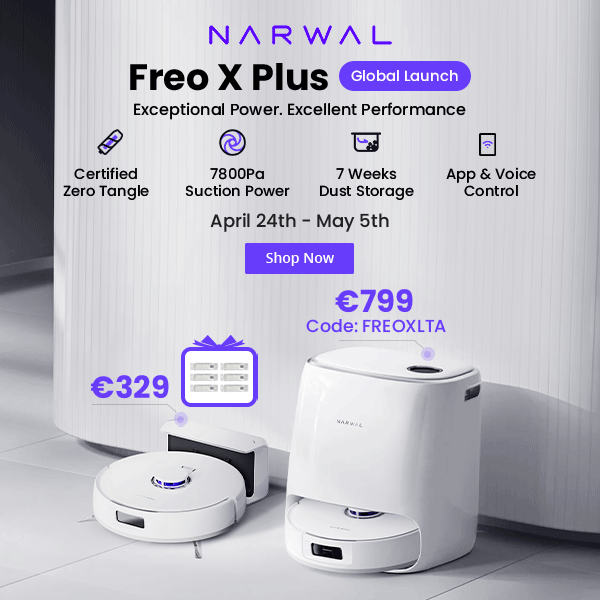En el mundo de la tecnología de impresión 3D, El volumen de compilación es un concepto central que define el tamaño físico máximo que una impresora 3D puede producir. Este artículo lo llevará a través de la importancia del volumen de compilación y su aplicación en la impresión 3D, para que los consumidores se refieran al hacer compras.

¿Qué es el volumen de compilación??
El volumen de compilación se refiere al tamaño físico máximo que una impresora 3D puede producir en un solo trabajo de impresión, generalmente definido por tres valores de medición: ancho (Eje x), profundidad (Eje y), y altura (Eje Z). En breve, El volumen de compilación es el "espacio de trabajo” de una impresora 3D.
Explicación popular:
Comparando una impresora 3D con una caja mágica, El volumen de compilación es del tamaño del juguete más grande que se puede fabricar de una vez. Si el juguete es más grande que la caja, Debe fabricarse en bloques antes del ensamblaje.
La importancia de un volumen de construcción radica en el hecho de que determina el tamaño de los objetos que se pueden crear a la vez . Para industrias como el automotriz, aeroespacial, y atención médica, Un volumen de compilación más grande permite la producción de más grande, piezas más complejas sin ensamblaje, que puede ahorrar tiempo y mejorar la integridad estructural del producto final. Un volumen de compilación es fundamental para elegir la impresora 3D correcta. No solo limita el tamaño de los objetos que se pueden imprimir, pero también afecta la eficiencia y el costo de la impresión. Por ejemplo, Un gran volumen de compilación permite imprimir piezas más grandes a la vez, reduciendo la necesidad de ensamblaje, pero también puede significar un mayor consumo de material y tiempos de impresión más largos.
Nota:
Generalmente hablando, cuanto mayor es el tamaño de la impresora, Cuanto mayor sea su costo de compra y costo de material requerido. Además, Las tareas de impresión grandes no solo tardan más, pero también tienen un mayor riesgo de falla durante el proceso de impresión. Por lo tanto, Aunque un gran volumen de compilación es muy valioso para escenarios de aplicación específicos, No significa que sea necesario o adecuado para todos los proyectos..
Aplicación práctica
Al explorar las limitaciones de diferentes tecnologías de impresión 3D en el volumen de compilación, Podemos comenzar con tres tecnologías convencionales: MDF (modelado de deposición fusionada), SLA (curado de luz estéreo), y SLS (sinterización láser selectiva), y analizar sus diferencias en el volumen de compilación.
MDF (Modelado por deposición fundida)

La tecnología FDM utiliza materiales termoplásticos para construir objetos derritiéndolos y apilando la capa por capa a través de una boquilla con calefacción. La ventaja de esta tecnología es que el entorno operativo es limpio y seguro, El material no es tóxico, y es adecuado para su uso en entornos de oficina y hogar. Sin embargo, El volumen de compilación de la tecnología FDM es relativamente pequeño , y el volumen de compilación de impresoras 3D de escritorio o verticales generalmente está a la altura 300 X 300 x 600 mm. Además, Las piezas impresas por FDM a menudo tienen líneas de capa visibles, superficies ásperas, y requiere pulido posterior.
SLA (Curado de luz estéreo)

La tecnología SLA utiliza resina fotosensible líquida para construir objetos curando la capa de resina por capa con un haz láser UV. La tecnología SLA puede lograr una excelente calidad de superficie y 50 resolución de micras, Adecuado para fabricar pequeñas piezas de fundición y moldes. El volumen de compilación de SLA generalmente se limita el volumen de compilación de escritorio o impresoras 3D verticales está a la altura 300 X 335 x 200 mm. La tecnología SLA tiene dificultades para manejar grandes partes, y algunas resinas requieren después de curación adicional.
SLS (Sinterización por láser selectiva)
La tecnología SLS utiliza láseres de alta potencia para fusionar pequeñas partículas de plástico, metal, cerámica, o compuestos en objetos sólidos. A diferencia de FDM, SLS no requiere estructuras de soporte porque el polvo actúa como su propio material de soporte. La tecnología SLS puede producir piezas complejas con características internas en movimiento, y las piezas terminadas tienen superficies lisas comparables a los plásticos moldeados por inyección. SLS tiene un volumen de compilación relativamente grande , con impresoras 3D verticales de grado industrial que tienen un volumen de construcción de hasta 165 X 165 x 300 mm. Sin embargo, Las impresoras SLS son más caras y tienen velocidades de impresión más lentas.
Conclusión
El volumen del edificio es un concepto indispensable en la impresión 3D, que afecta la posibilidad, eficiencia, y costo de impresión. Con el desarrollo de la tecnología, Podemos prever que el volumen del edificio ya no será una limitación, Pero el punto de partida de la innovación de impresión 3D. Comprender el volumen del edificio es crucial para elegir la tecnología de impresión 3D correcta, Optimización del proceso de impresión, y explorar nuevas áreas de aplicación.


